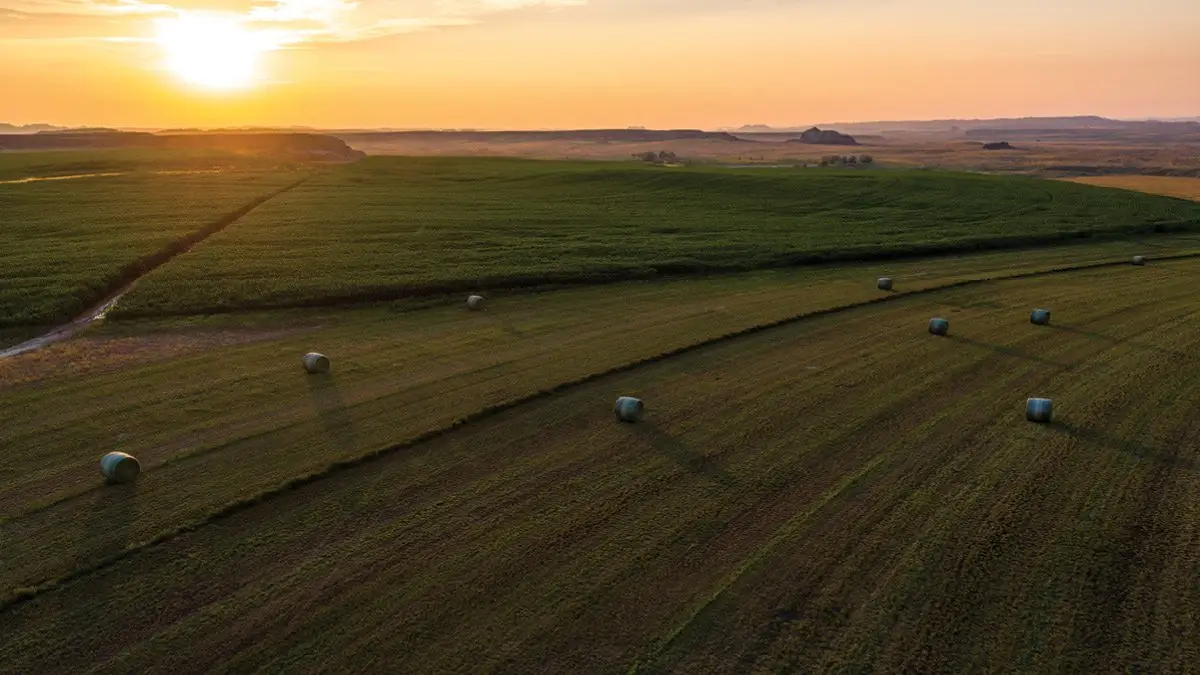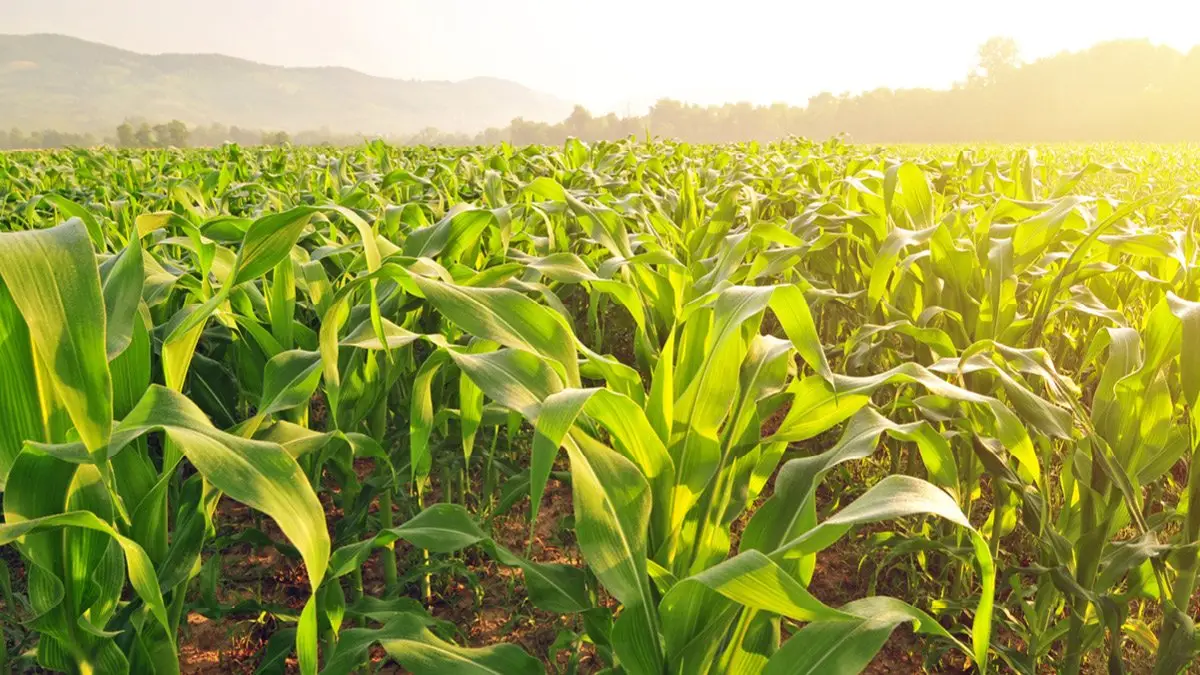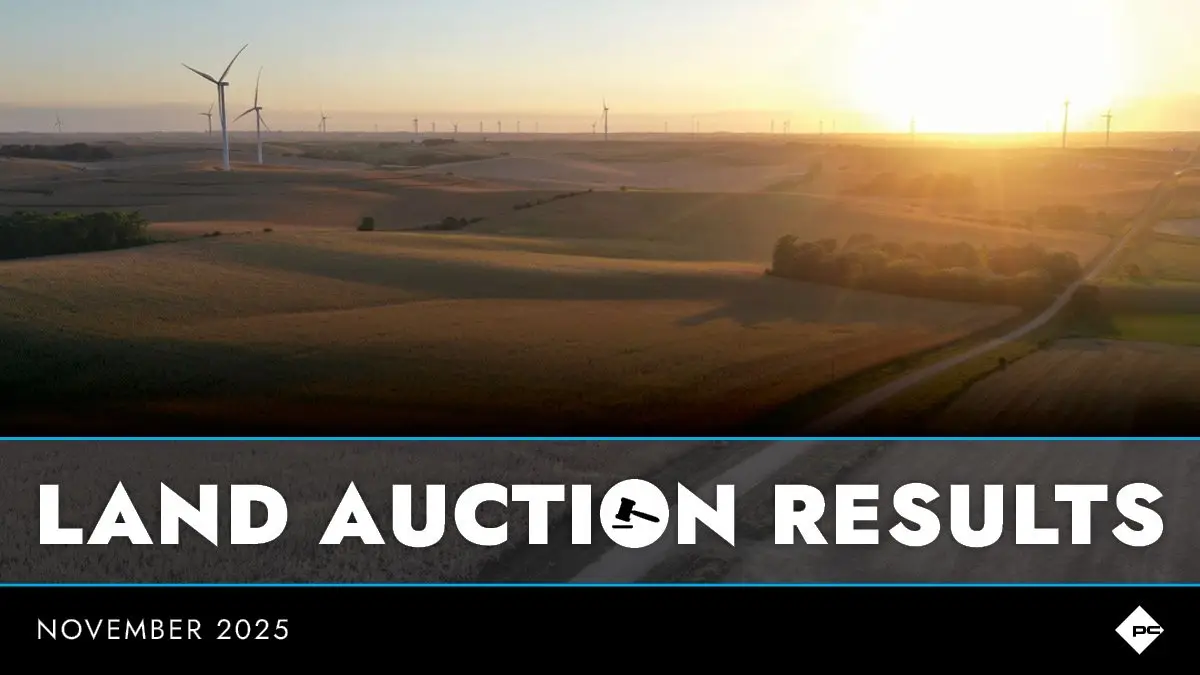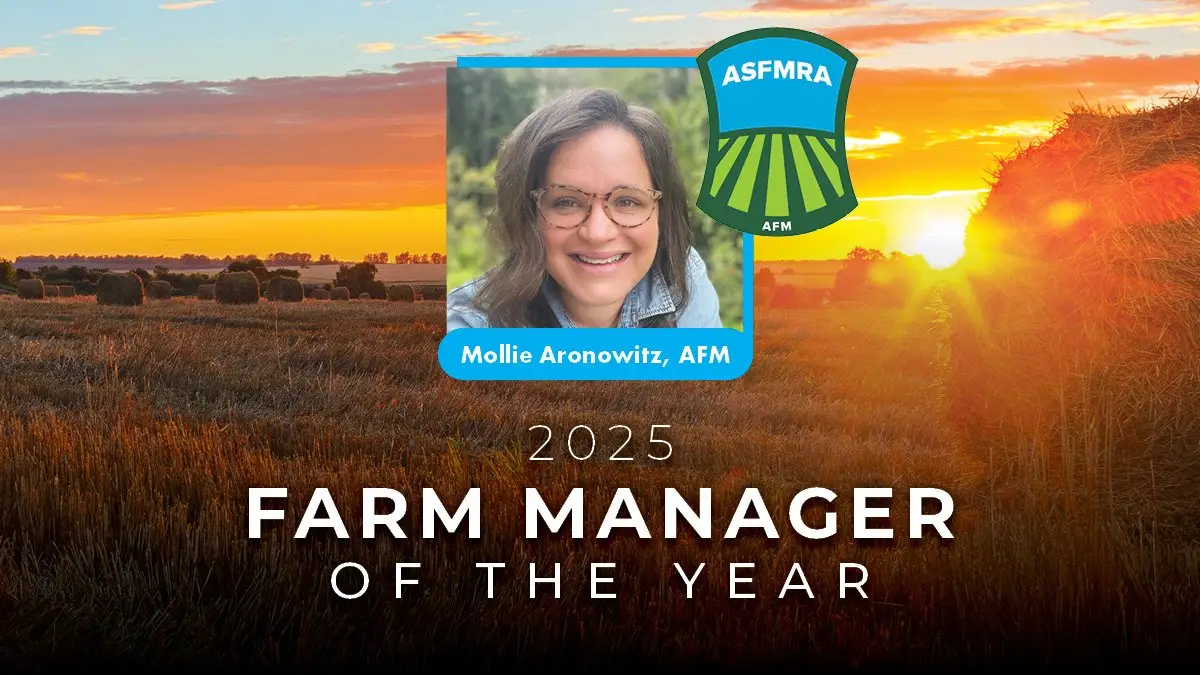Timberland as an investment strategy offers a unique combination of long-term value, inflation resistance, and income generation. Unlike stocks or bonds, timberland provides returns through biological tree growth, land appreciation, and timber sales, making it an attractive option for diversification. Challenges include market volatility, environmental risks, and liquidity issues, requiring strategic investment planning.
A Few Reasons Why Timberland is a Valuable Investment
1. A Tangible and Resilient Asset
Unlike stocks or mutual funds, timberland is a physical asset that holds intrinsic value. Land and trees will always have demand, whether for lumber production, real estate development, or environmental conservation.
Timberland has historically performed well during economic downturns. For instance, during the 2008 financial crisis, timberland investments experienced less volatility than equities, reinforcing its reputation as a stable, long-term investment.
2. Comparing Timberland to Traditional Investments
• Stocks and Bonds: Timberland has a low correlation with financial markets, meaning it often retains value when stocks decline.
• Real Estate: Unlike commercial real estate, which depends on rental income, timberland earns income passively through tree growth and timber harvesting.
• Gold and Commodities: Like gold, timberland serves as an inflation hedge, but with the added benefit of biological growth increasing its value over time.
How Timberland Generates Returns
1. Biological Growth and Timber Sales
One of the biggest advantages of timberland is that trees naturally increase in value as they grow. Unlike other assets that depreciate over time, trees can be harvested at the optimal market price, allowing investors to time sales for maximum profit.
• Hardwood vs. Softwood: Different tree species serve different markets, from construction lumber to furniture production.
• Cyclical Harvesting: Investors can delay harvesting when timber prices are low and sell when demand rises, offering a level of control over returns.
2. Land Appreciation and Alternative Income Sources
Beyond timber sales, land value tends to appreciate over time. Many timberland owners explore additional revenue streams, including:
• Hunting leases: Renting land to hunters can generate annual income.
• Carbon credits: Selling carbon offsets as part of sustainability initiatives.
• Conservation easements: Partnering with conservation organizations to preserve forests while receiving tax incentives.
Risks and Challenges of Timberland Investment
1. Market Fluctuations and Economic Factors
Timber prices are influenced by housing demand, construction activity, and global trade. A slowdown in real estate development can reduce timber demand, impacting returns. Timber prices increased to an all-time high during the 1990’s and early 2000’s because of the housing industry, however, the Great Recession impacted the timberland industry tremendously. The number of new housing starts across the U.S. were chopped in half, thus driving down the value of standing timber by half. COVID19 caused a rush on small-scale timberland from buyers wanting to vacate the big cities. These buyers will pay more than the combined value of the timber and bareland itself, because the intrinsic value of the timber to remain standing is worth more than harvesting the timber.
2. Environmental and Natural Risks
Owning timberland comes with exposure to wildfires, hurricanes and pests. While sustainable forest management can mitigate some risks, catastrophic events can impact timber yields and land value.
3. Liquidity and Selling Challenges
Unlike stocks or ETFs, timberland is not easily liquidated. Selling a large stand of timber may take months or even years, requiring investors to plan for a longer holding period.
How to Invest in Timberland
Direct Ownership vs. Timber Investment Funds
There are multiple ways to invest in timberland:
1. Direct Ownership: Buying and managing a timberland property provides full control but requires capital, management expertise, and patience. Sealed-bidding is a common form of acquiring timberland property of scale. Placing a first bid that gets the buyer into round two of bidding is essential. The level of due diligence increases substantially once the buyer gets into round two of the bidding process. A full understanding of the property, the markets, and the competition increases the buyer’s chances of being the winning bidder.
2. Timberland REITs (Real Estate Investment Trusts): Publicly traded timber REITs like Weyerhaeuser (WY) and Rayonier (RYN) offer exposure to timber markets without the need to own land.
3. Timber Investment Funds: Institutional investors and high-net-worth individuals can invest through private equity timber funds, such as Timberland Investment Management Organizations (TIMO), which acquire and manage timberland properties on behalf of investors.
Key Factors to Consider Before Investing
• Location and tree species: Certain regions and tree types yield higher returns. Savvy investors will acquire timberland in multiple regions of the country
• Management and sustainability: A well-managed forest can significantly enhance profits. Hire or contract with a timber management firm, which is similar to using an investment advisor. Acquiring a timberland property is an integral, but very small part of the investing process. Turning over the property to the management team that will be responsible for maximizing returns on the investment through timber harvesting, value-added opportunities, etc, as well as being mindful of expenses can impact returns on the investment over the course of ownership.
• Tax incentives: Government programs often provide tax benefits for sustainable forestry investments. A timber management firm will be knowledgeable in government programs.
The Future Outlook for Timberland Investment
With growing emphasis on sustainability and carbon sequestration, timberland is gaining interest from green investors and ESG-focused funds. Emerging trends include:
• Increased demand for sustainable wood products due to eco-conscious construction. Mass timber buildings are gaining ground in the new construction industry.
• Advancements in forestry technology improve efficiency and yield predictions. LiDAR, or Light Detection and Ranging, is just one example of improved efficiency.
• Carbon credit markets are expanding, creating new income opportunities for timberland owners. While still a relatively new concept, the carbon market is improving frequently.
Experts predict strong long-term returns for timberland investments, making them a compelling option for investors looking to diversify and hedge against inflation. As such, Peoples Company is well-positioned to meet the needs of those desiring to invest in timberland property, rather if in only one area of the country, or if desired, many different areas of the country in order to increase diversity. With the recent substantial increase of timberland values due to low supply and money wanting placed in the market share, recognizing dips in the land market or market corrections are the key to smart timberland investing.
Final Thoughts
Timberland investment offers unique advantages that set it apart from traditional assets, providing both stability, diversification and long-term growth. While it requires careful planning and consideration of risks, its historical performance, resilience, and alternative revenue streams make it an attractive choice for investors.
If you're considering timberland as part of your investment strategy, research location, market trends, and management options to maximize your returns.
________________________________________
References
• https://www.ncreif.org/indices/timberland-index/ (NCREIF Timberland Index)
• https://www.reit.com/investing/reit-basics/timberland-reits (Timberland REITs Overview)
• https://www.fs.usda.gov/ (U.S. Forest Service – Forestry Market Trends)







